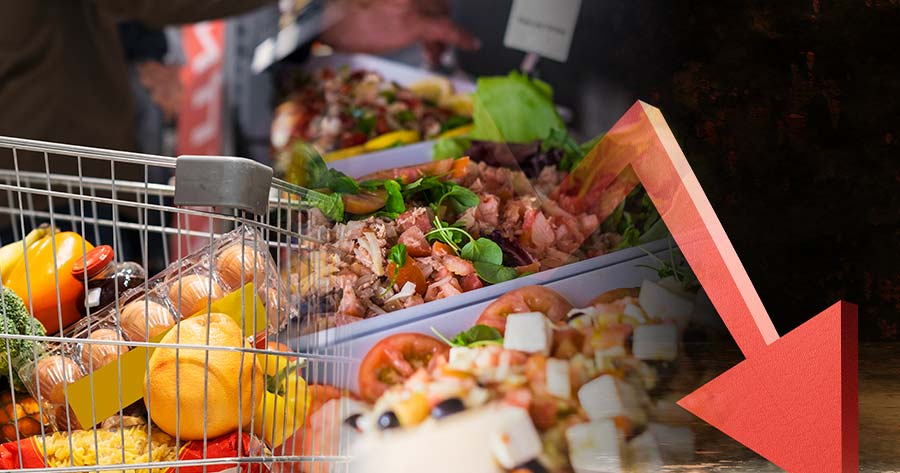According to Oxford Economics, global food prices are projected to decrease in 2024, signaling potential relief for consumers. The economic advisory firm highlighted that a significant factor behind this anticipated decline in food commodity prices is the ample supply of key crops, particularly wheat and maize.
The recent surge in production of staple crops has led to a consistent drop in prices, with wheat futures experiencing a nearly 10% decline year-to-date and maize futures seeing a decrease of around 6% over the same period, according to FactSet data.
Fueled by robust harvests and increased production following the geopolitical tensions triggered by Russia’s invasion of Ukraine, global maize yields are expected to reach record levels by the end of the marketing year in August. Similarly, wheat production is forecasted to be substantial, although slightly lower than the record levels seen in the prior marketing year.
However, while wheat and maize prices have exhibited a decline, the rice market is witnessing a contrasting trend with prices steadily climbing. Export restrictions imposed by India, a significant rice producer, combined with poor harvests in the country have constrained global rice supplies, leading to an over 8% increase in rough rice futures year-to-date.
Global food prices experienced a 9% decrease in 2023, according to the World Bank, while the United Nations food agency’s world price index hit a three-year low in February before a modest uptick in March, driven by upticks in dairy products, meat, and vegetable oils.
Despite the expected decline of 5.6% in food prices this year, Oxford Economics’ Lead Economist Kiran Ahmed cautioned that risks remain skewed to the upside, particularly due to potential impacts from adverse weather conditions that could impede crop yields globally.
Ahmed emphasized that while current prices may be at a floor, a gradual increase in prices is anticipated in the latter half of 2024.
The return of buyers from Africa and Asia to the wheat market could lead to a resurgence in prices, while high prices in rice could also prompt India to impose further export restrictions.
The note concluded that while a subdued price trajectory is the base case for this year, there is a risk of sharper price rebounds that could sustain food price inflation and continue to place pressure on consumers.





